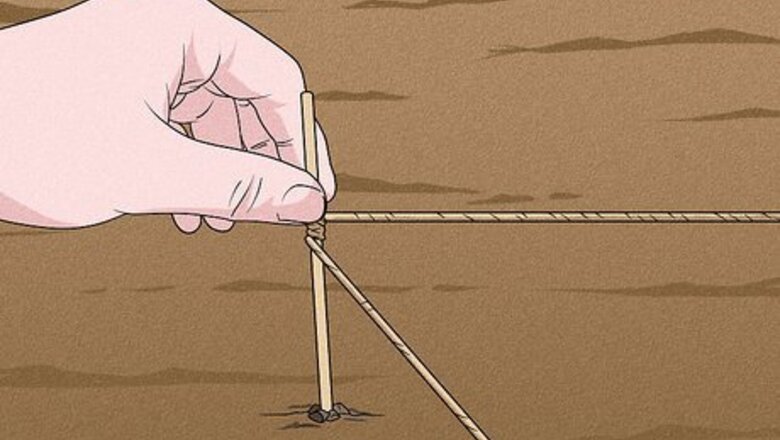
views
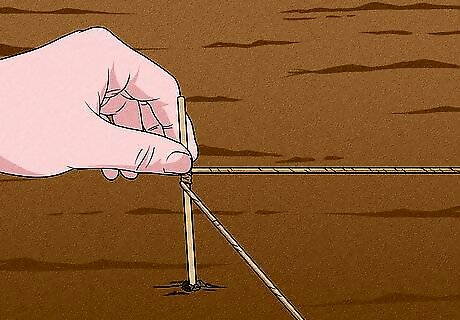
Mark the area. Use twine and sticks to mark the area where you will be laying your pavers and use it as a guide during the process.
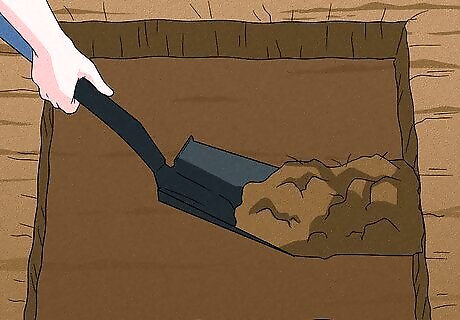
Excavate the soil. You will need to excavate 8 to 9 inches and then firmly compact the soil. Be sure to measure once done so that your patio, driveway, or walkway does not accidentally slope in any one direction.
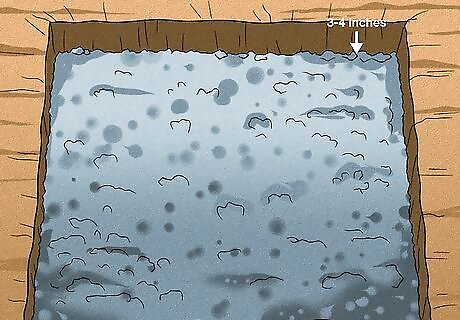
Lay the base. Your pavers should not be placed directly onto the soil. Instead, they must be placed on top of a gravel base. High-quality, Class 2 Road Base is preferred for this type of project, and you will need enough to be 4 to 6 in (10 to 15 cm) deep throughout the entire area. If the concrete pavers are only being used for foot traffic, you can get by with a base that is only 3 to 4 in (7.6 to 10.2 cm) deep.
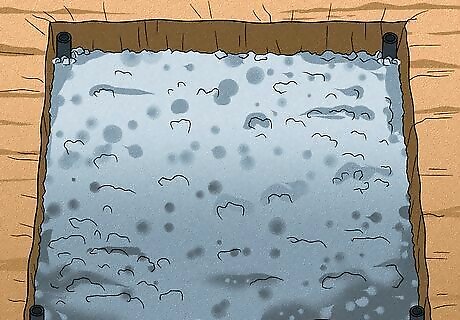
Place the drainage system. If the area is prone to flooding, you may want to install a drainage system to ensure that the area remains free of standing water. There are several types of solutions you can use with the objective being to direct water away from the area using pipes or gravity.
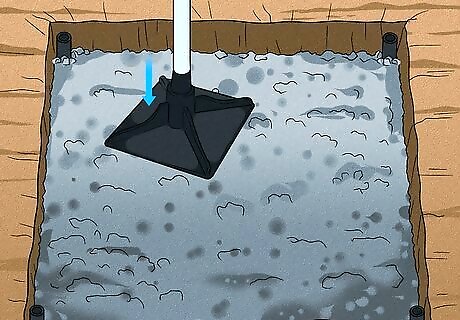
Compact the base. This is a critical step for ensuring that your pavers remain secure and do not shift over time. The base must be firm and secure.
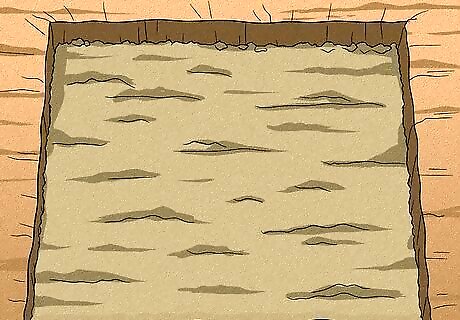
Lay bedding sand. Placed on top of the gravel base, bedding sand provides a smooth surface for your concrete pavers to be placed on. The sand needs to be 1 inch thick and perfectly leveled, the sand provides a gap and allows the pavers to be compacted.
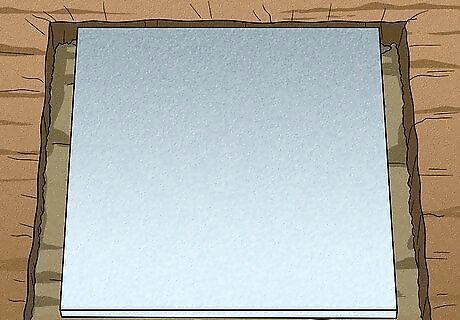
Place concrete paving stones. Use your drawing or rendering as a reference and begin laying your concrete pavers in the correct pattern. Begin with the interior pavers, placing them firmly onto the base and compacting them as you go. Next, lay your border pavers using the same technique.
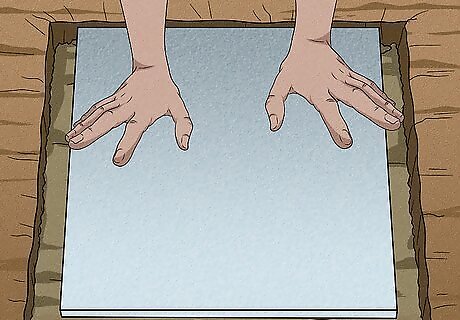
Compact and set pavers. Once all of your pavers have been placed, apply pressure to set each stone to ensure that it is firmly secured to your sand base.
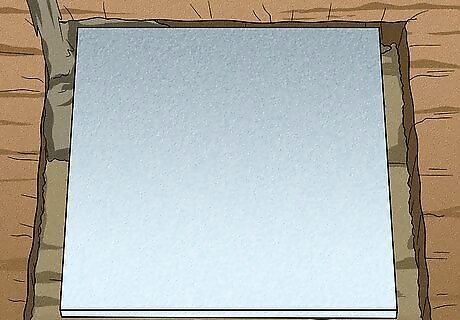
Add polymeric sand. This sand is preferred as the finishing touch to your concrete pavers installation. It is poured in between each paving stone and will serve to prevent weeds from growing in between the pavers, along with reducing the presence of unwanted insects.
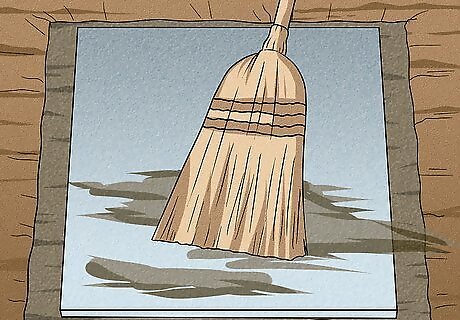
Clean the area. Sweep away any loose sand or debris from your paving stones prior to washing them with water.
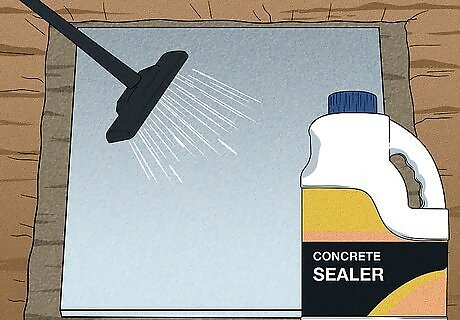
Seal your paving stones. To prolong the life of your pavers, apply a paver sealer on an annual or bi-annual basis.

















Comments
0 comment